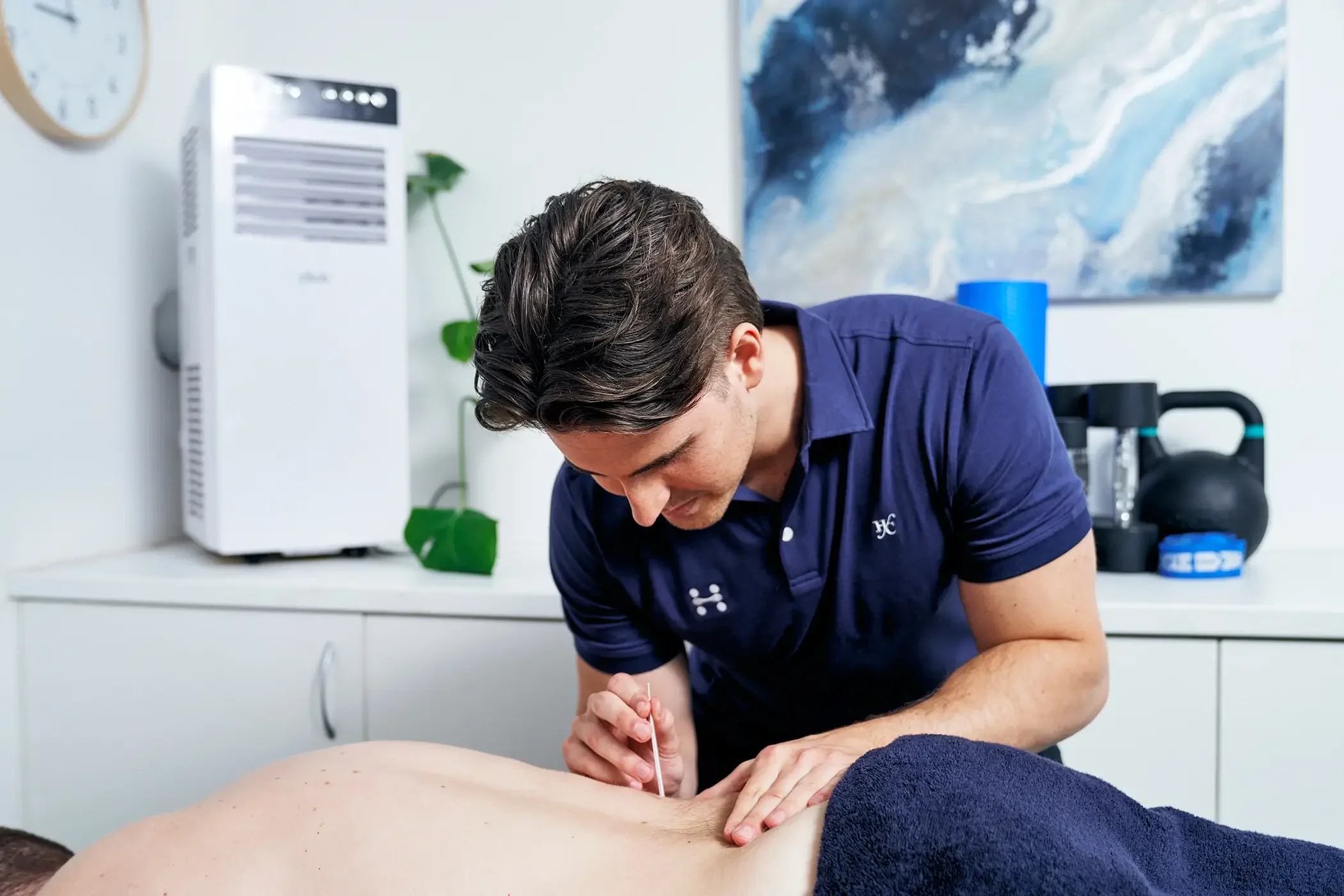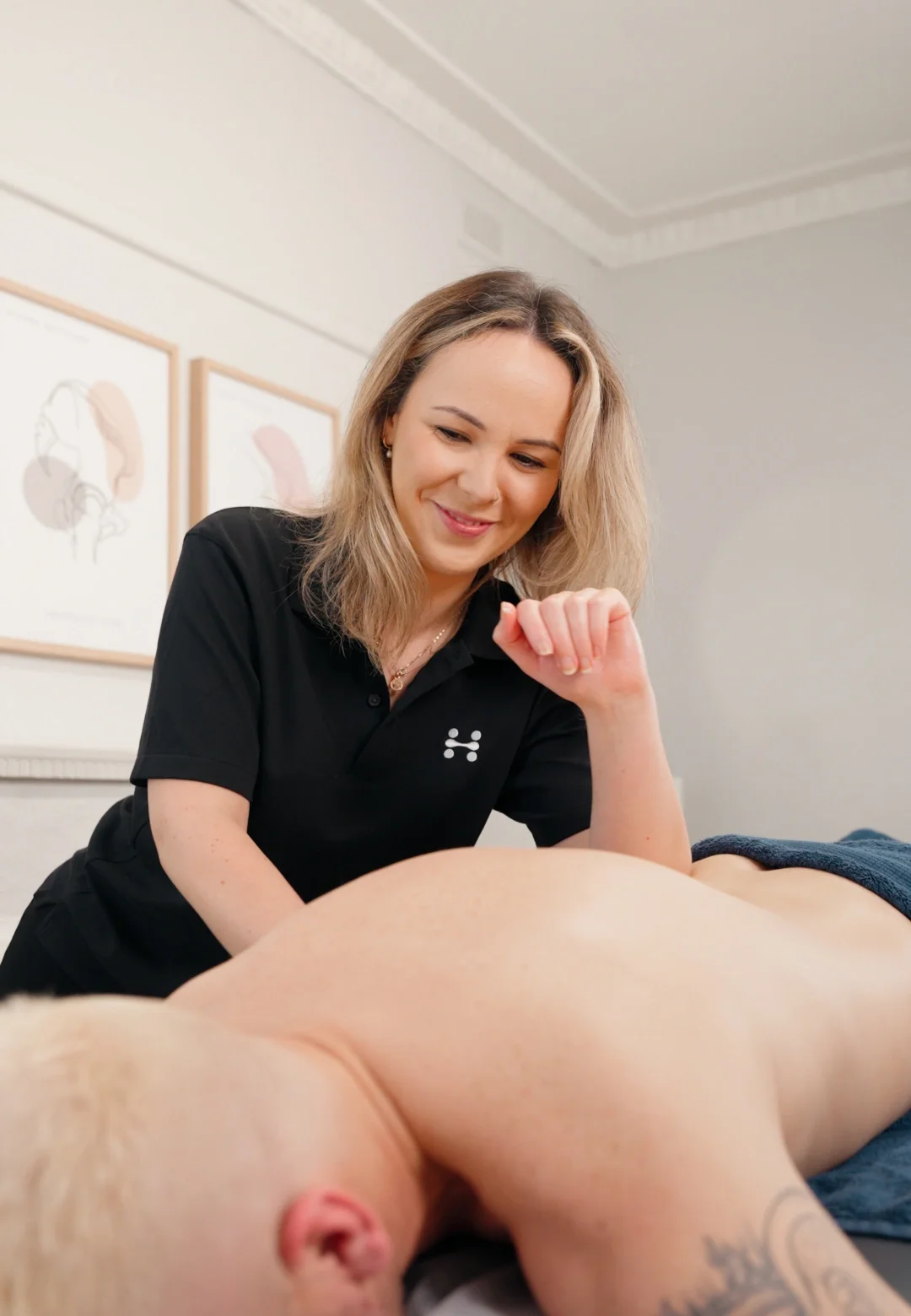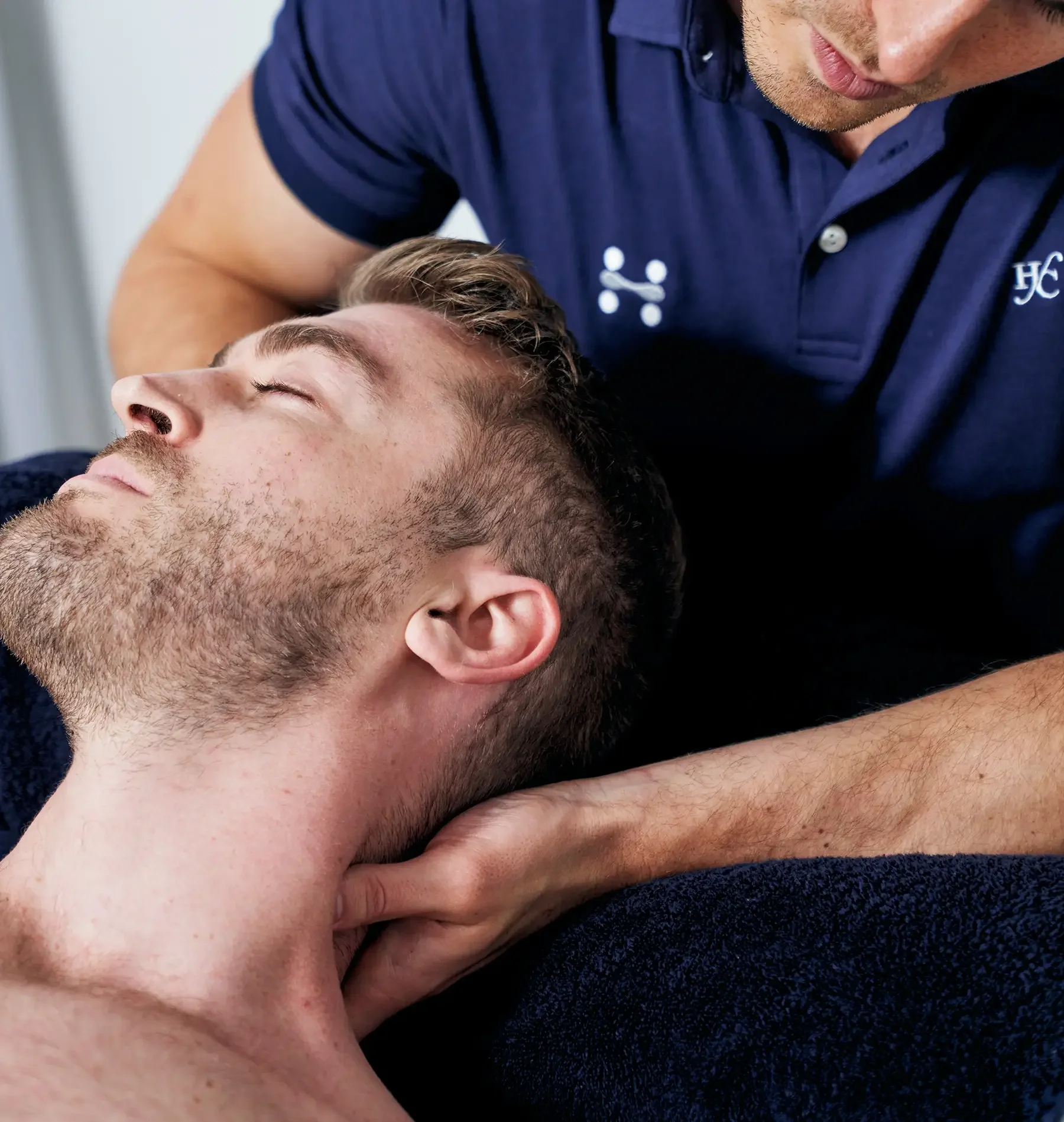Osteo Sciatica: Targeted Care for Lasting Relief and Comfort
Struggling with sharp lower-back pain or radiating leg discomfort? Our osteopaths provide targeted sciatica treatment to ease nerve irritation, improve mobility, and support long-term recovery. Book now!
Let’s fix your sciatica pain..
Whether it’s a compressed nerve, a lumbar disc issue, or tight muscles pulling on the lower back and hips, sciatica can make everyday movements feel frustrating and uncomfortable.
The good news? Relief is possible. At Rebound Health, we work with people experiencing all types of sciatic nerve pain, from sudden flare-ups to long-term discomfort caused by lingering back or pelvic issues.
Our approach to osteopathy for sciatica focuses on identifying the underlying cause, improving alignment and mobility, and reducing pressure on the nerve so your body can heal more naturally and efficiently.
If you’re ready to walk, sit, and move without that familiar radiating pain, book an appointment today. We’re here to help you get back to feeling your best.
Sciatica explained.
Sciatica is a common condition that can develop gradually or suddenly, often caused by nerve compression, spinal changes, or tight muscles in the lower back or hips. Here are the essentials to know:
-
Sciatica occurs when the sciatic nerve becomes irritated or compressed. Common causes include:
Lumbar disc bulge or herniation
Tight glute or hip muscles
Pelvic or lower-back misalignment
Prolonged sitting
Improper lifting
Degenerative spinal changes
Pregnancy-related posture changes
Inflammation around the nerve
Weak core or back muscles
-
Symptoms can vary depending on the nerve irritation. Typical signs include:
Sharp or shooting leg pain
Lower-back discomfort
Tingling or numbness
Pain with sitting or bending
Leg weakness
Difficulty standing or walking comfortably
-
Sciatica is often linked to issues such as:
Disc bulges
Piriformis syndrome
Spinal stenosis
Sacroiliac joint dysfunction
Degenerative disc disease
Postural imbalances
-
Our osteopath will assess what is aggravating the sciatic nerve and tailor treatment to your needs.
Care for osteopathy for sciatica may include gentle hands-on techniques to release tension, improve joint movement, and support better alignment. You may also receive advice on posture, movement habits, and exercises to reduce flare-ups.
The goal is to relieve pain and improve mobility. With support from an experienced osteopath sciatica clinician, many people regain comfortable, confident movement.An osteopath will assess what is aggravating the sciatic nerve and tailor treatment to your needs.
Care for osteopathy for sciatica may include gentle hands-on techniques to release tension, improve joint movement, and support better alignment. You may also receive advice on posture, movement habits, and exercises to reduce flare-ups.
The goal is to relieve pain and improve mobility. With support from an experienced osteopath sciatica clinician, many people regain comfortable, confident movement.
How we treat your condition.
Alongside deep tissue massage, our Heidelberg therapists may use complementary techniques to enhance your results.
-
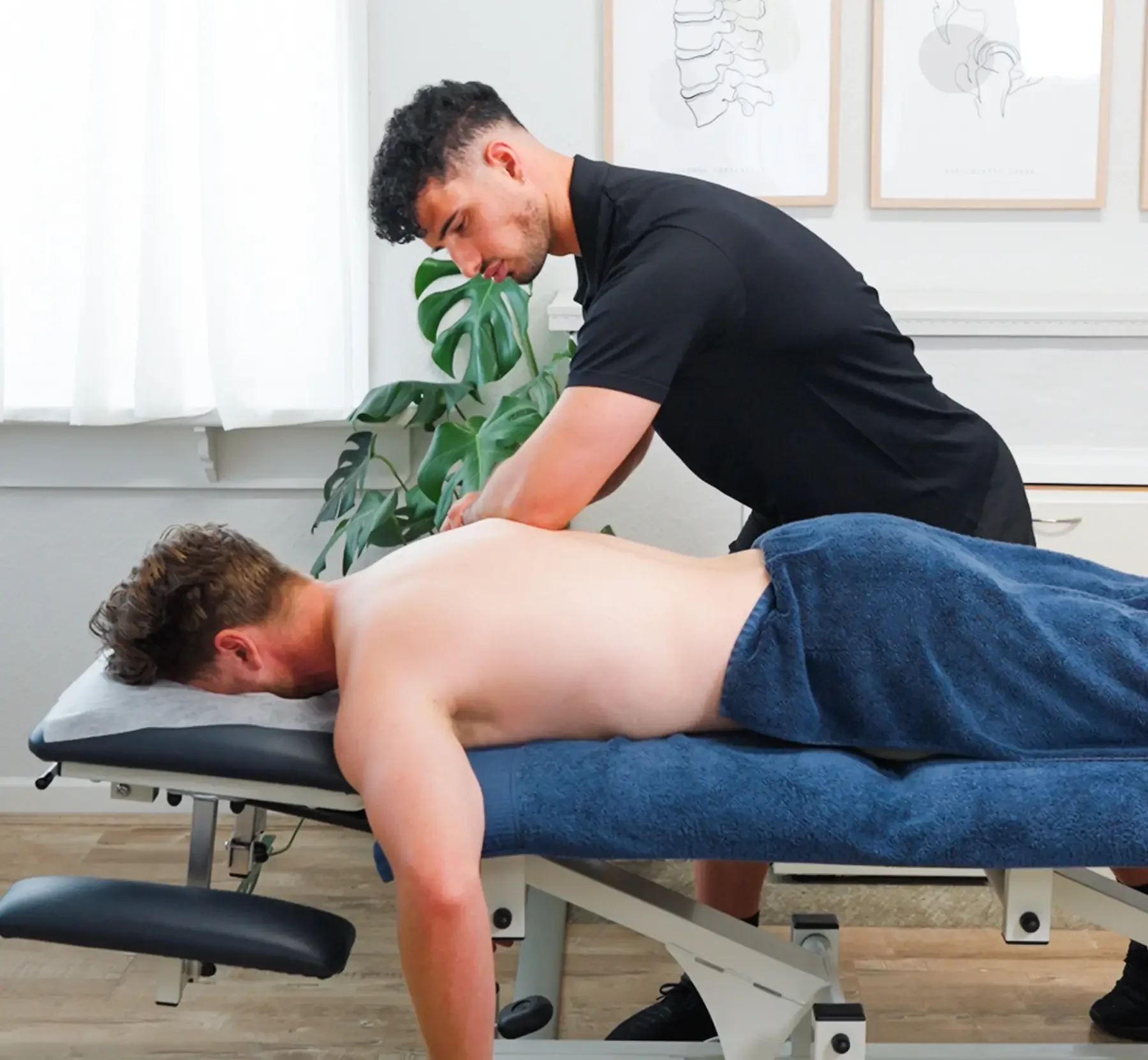
Trigger Point Therapy
Focused pressure is applied to muscle “knots” that can cause pain or tension in other areas. Helps reduce referred pain and restore mobility.
-
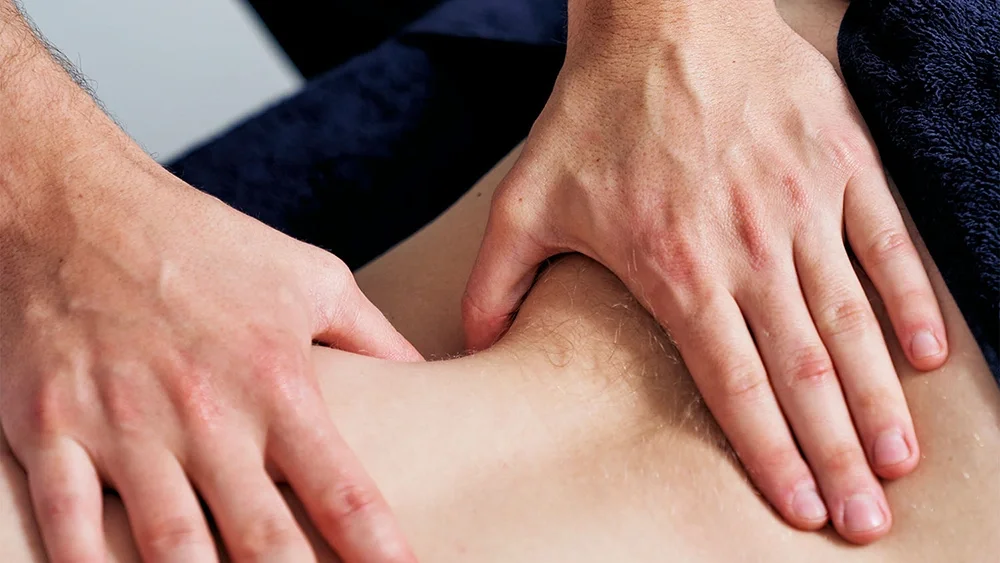
Myofascial Release
Gentle, sustained pressure on the fascia, the connective tissue around muscles, to release restrictions, improve flexibility, and ease discomfort.
-

Cupping Therapy
Targeted suction cups are used to increase circulation, release tight tissues, and support recovery from muscle strain or overuse.

Ready to ease the tension?
Why choose us for deep tissue massage?
-

Highly Skilled Therapists
Our team specialises in deep tissue massage, with experience in tight muscles, chronic tension, and postural issues. You’ll be in safe hands with practitioners who tailor techniques to your body.
-
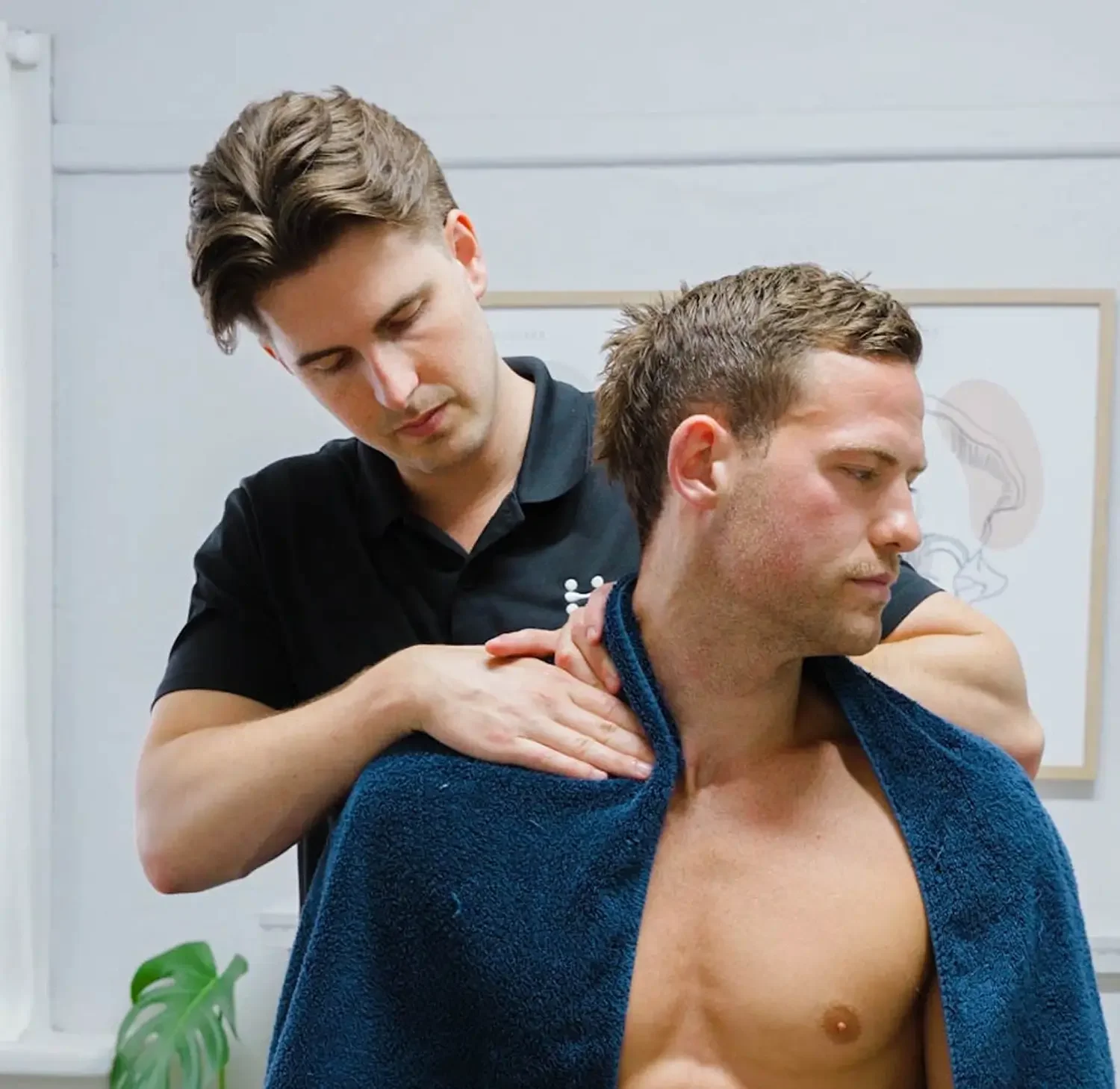
Direct Access to Osteopaths
If your condition requires more than massage, you’ll have direct access to our osteopaths for additional assessment and support. This ensures you get the right treatment pathway without needing to go elsewhere.
-

Fully Personalised Sessions
Every deep tissue massage is tailored to you. Whether recovering from injury, managing chronic tightness, or dealing with daily stress, each session helps release tension so you can move and feel better.
Meet Our Massage Therapists
We’re here to help you move better, feel stronger, and ease the aches that build up from daily life. Our focus is more than short-term relief; we aim for lasting improvements.
We use precise techniques to target deep muscle and connective tissue, releasing tension, improving mobility, and addressing the root causes of discomfort.
Our therapists tailor deep tissue massage and techniques like trigger point therapy to your body’s needs.
Whether recovering from sport, managing muscle tightness, or handling daily strain, your treatment is tailored to you.
For additional support, our on-site osteopaths are available, giving you access to a full spectrum of care.
From deep tissue massage to osteopathic treatment, all care is coordinated in one convenient place.
Deep Tissue Massage FAQ
-
It’s a therapeutic massage that uses slow, firm pressure to reach deeper layers of muscle and connective tissue. It targets tight spots, adhesions (knots), and restrictions that cause pain or limit movement.
-
You may feel some discomfort when tight knots or trigger points are released, but it should never be unbearable. Your therapist will always work within your comfort level.
-
Firm, sustained pressure is applied to release muscle tension, improve blood flow, and flush out waste products that contribute to pain and inflammation. This helps restore mobility and supports natural healing.
-
Relaxation massage is light and designed to reduce stress. Deep tissue massage uses stronger pressure to address pain, injuries, and long-standing muscular tension.
-
Not at all. While athletes benefit from it, most people who experience muscle tightness, postural issues, or chronic pain can also benefit from deep tissue massage.
-
Yes, if you have extras cover that includes remedial massage, you can usually claim on the spot with HICAPS.
-
Here are the benefits of deep tissue massage:
Relieves chronic pain: Eases long-term muscle tightness and discomfort.
Speeds up recovery: Helps repair injuries and reduces inflammation.
Improves posture: Releases tight muscles caused by sitting or poor alignment.
Enhances flexibility: Restores movement and reduces stiffness.
Breaks down scar tissue: Supports healing after injuries or overuse.
Reduces stress: Calms the nervous system and promotes relaxation.
